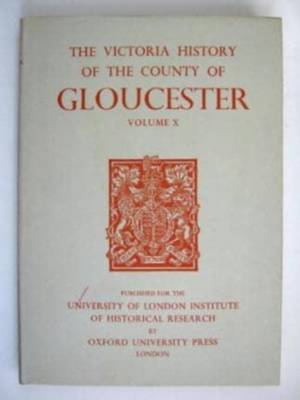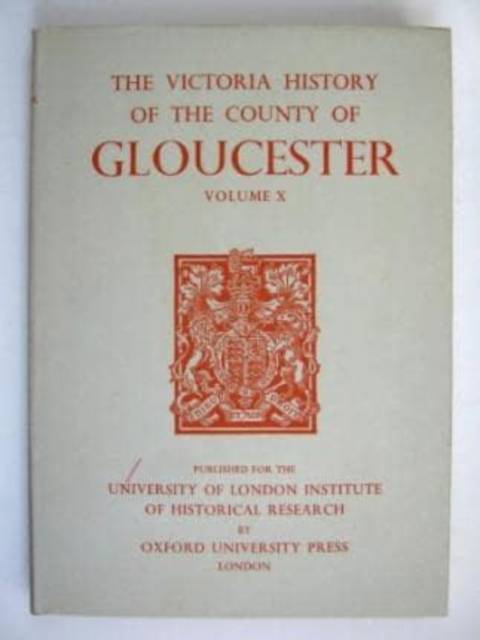
- Retrait gratuit dans votre magasin Club
- 7.000.000 titres dans notre catalogue
- Payer en toute sécurité
- Toujours un magasin près de chez vous
- Retrait gratuit dans votre magasin Club
- 7.000.000 titres dans notre catalogue
- Payer en toute sécurité
- Toujours un magasin près de chez vous
Description
This volume gives the history of the six parishes in Westbury hundred and the sixteen in Whitstone hundred. Both hundreds abut the River Severn. Westbury hundred, on the right bank, adjoins the Forest of Dean: the landscape is relatively wild and large areas of woodland survive. The hundred lies in two parts, including at its north-eastern end the crossing of the Severn at Over Bridge and at its south-western end the crossing of the Wye at Chepstow Bridge.The new Severn Bridge, replacing the ancient ferry from Beachley to Aust, crosses the south--western extremity. Most of the parishes are large, and settlement within them tends to be scattered. Highnam Court (in Churcham parish)and the former Westbury Court, from which the unusual water-garden survives, were two of the county's more notable country houses. The small town of Newnham, squeezed between river and forest, had a Norman castle and was the placefrom which Henry II left England for his conquest of Ireland. The history of Lancaut, the remote little parish lying on the Wye outside Offa's Dyke, is included in this volume under Tidenham. Whitstone hundred, on the left bank of the Severn, is mainly flat agricultural land, but the eastern parishes climb the Cotswold escarp-ment and were part of the Stroud Valley clothing district. The area is one of varied settlement and economy, including riverside hamlets as in Longney and Saul, former weaving hamlets like Randwick, and scattered moated sites, such as those of Haresfield, Moreton Valence, and Quedgeley. Among buildings that recall monas-tic connexions are the fine 12th-century church of Leonard Stanley, the great tithe-barn at Frocester, and the manor-house at Standish; secular buildings include among country houses Hardwicke Court, Frampton Court, Whit-minster House, and the demolished 19th-century mansion at Fretherne, and large clothing mills at Eastington, King's Stanley, and Stonehouse.
Spécifications
Parties prenantes
- Auteur(s) :
- Editeur:
Contenu
- Nombre de pages :
- 368
- Langue:
- Anglais
- Collection :
Caractéristiques
- EAN:
- 9780197227251
- Date de parution :
- 01-01-72
- Format:
- Livre relié
- Format numérique:
- Genaaid
- Dimensions :
- 213 mm x 307 mm
- Poids :
- 1678 g







